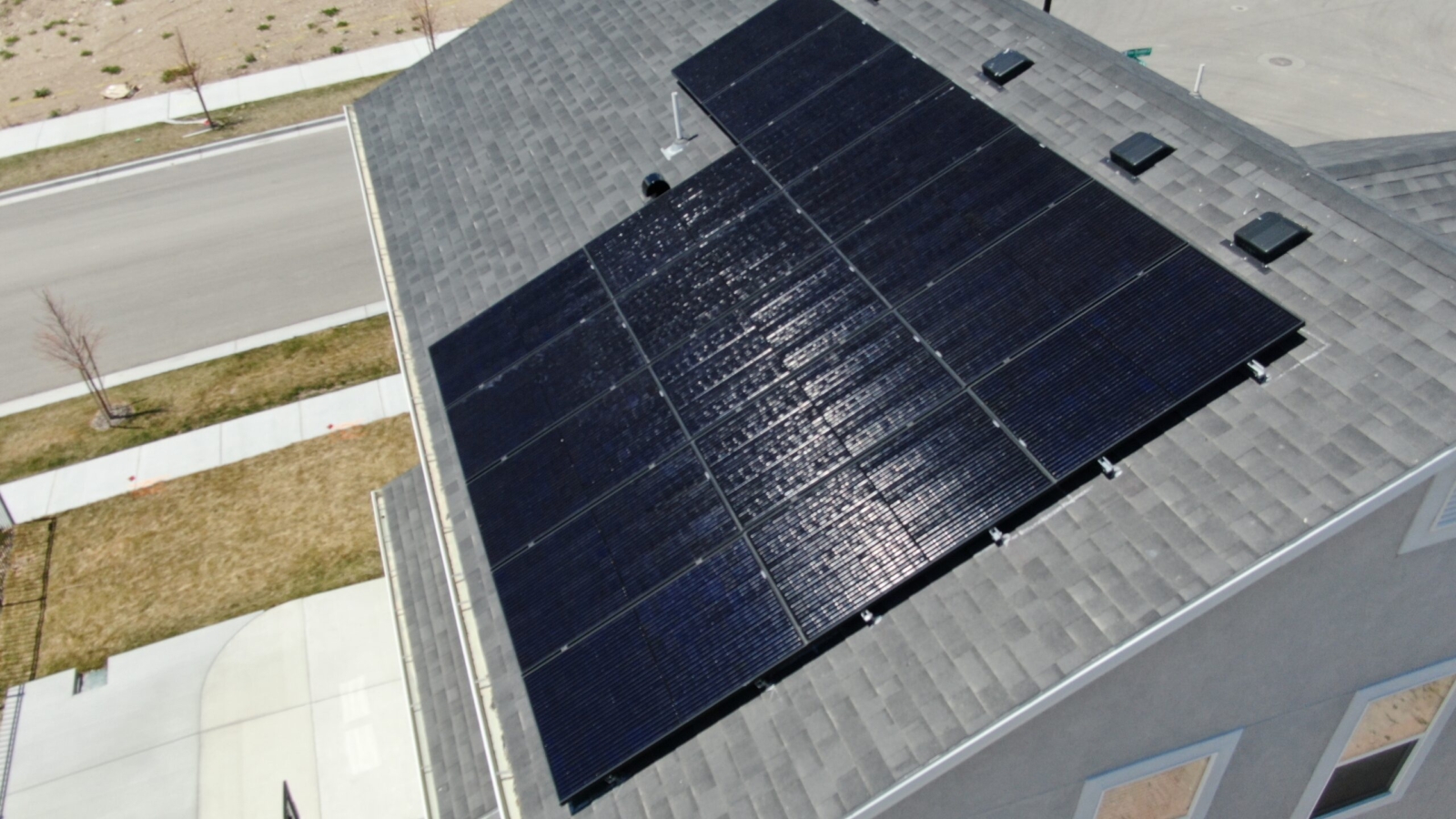What is the Solar Tax Credit?
The Residential Clean Energy Credit, commonly known as the federal solar tax credit, is a significant incentive for installing solar panels and other clean energy systems on your property. This tax credit allows you to reduce your federal income tax liability by 30% of the installation costs, potentially saving you thousands of dollars.
How Does the Federal Solar Tax Credit Work in 2024?
The federal solar tax credit is a dollar-for-dollar reduction in your tax liability, not just a deduction. In 2024, it equals 30% of the costs associated with installing solar panels.
For example, if you install a solar power system costing $20,000, you can claim a tax credit of $6,000:
- Calculation: $20,000 x 30% = $6,000
If your tax liability is $15,000, this credit reduces your tax bill to $9,000:
- Calculation: $15,000 – $6,000 = $9,000
The tax credit is nonrefundable, meaning it won’t reduce your tax liability below zero. However, if your credit exceeds your tax liability, the remaining amount can be carried forward to the next tax year.
For instance, if you qualify for a $6,000 credit but only owe $5,000 in taxes, you’ll reduce your tax bill to $0 and carry over the remaining $1,000 to apply to your taxes next year:
- Calculation: $5,000 – $6,000 = $1,000 credit rollover
Will the 2024 Solar Tax Credit Increase My Tax Refund?
The tax credit can influence your refund, depending on how much you withheld from your paychecks and your total tax liability. For example, if you withhold $25,000 in taxes and qualify for a $6,000 tax credit, your refund could be $11,000:
- Calculation: $25,000 – $20,000 (total liability) + $6,000 (credit) = $11,000 refund
However, if you haven’t withheld enough throughout the year, the credit will simply reduce your liability rather than increase your refund.
How Much is the Federal Solar Tax Credit Worth in 2024?
In 2024, the solar tax credit is worth 30% of your solar installation costs. On average, homeowners can expect a credit of around $6,000, but the actual amount varies based on your total installation costs and tax liability. The credit is scheduled to step down over time, so act sooner to take full advantage. For example, a $20,000 system installed in 2024 will earn a $6,000 credit, but this will drop to $5,200 in 2033.
How to Qualify for the Federal Solar Tax Credit in 2024
To qualify for the federal solar tax credit, you must meet the following requirements:
- Install Qualifying Equipment: Eligible systems include solar panels, solar shingles, solar water heaters, wind turbines, geothermal heat pumps, fuel cells, and battery storage systems.
- Own the System: You must own the solar system outright through purchase or a loan. Solar leases and power purchase agreements (PPAs) do not qualify.
- Have Taxable Income: The credit reduces your tax liability. If you have no tax liability, you can’t use the credit immediately but may carry it forward.
- Primary or Secondary Residence: The system must be installed at your primary or secondary residence.
- Original Installation: The credit applies to the initial installation. Reinstallation or used panels do not qualify, but you can claim costs for adding to an existing system.
The tax credit also applies to solar systems on houseboats, mobile homes, and condominiums, as long as they are your primary or secondary residence. There are no income limits for claiming the credit.
Eligible Costs for the Federal Solar Tax Credit
The tax credit covers most costs associated with solar panel installation:
- Equipment: Panels, wiring, racking, inverters, and home battery installation costs.
- Contract Labor: Labor for site preparation, planning, and installation.
- Permitting and Inspection Costs: Costs for permits and inspections.
- Sales Tax: Sales tax on the above costs.
However, it does not cover roof replacements, extended warranties, or financing costs. Financing costs and interest are not included, but you can claim the full cost of the panels and installation.
How to Claim the Federal Solar Tax Credit
Claiming the tax credit is straightforward:
- Fill Out IRS Form 5696: Enter the total cost of your solar system and any other qualifying equipment on the appropriate lines.
- Calculate the Credit: Multiply your total qualified costs by 30%.
- Combine with Other Credits: Add any additional credits you’ve earned.
- Apply the Credit: Transfer the final credit value to IRS Form 1040 to adjust your tax liability.
When using tax software, search for Form 5695 and enter the relevant details. The software will calculate the credit and adjust your tax liability. If working with a tax professional, provide them with the installation costs, and they will handle the rest.
Note: The credit should be claimed for the year your system receives Permission to Operate (PTO) from your utility, not the purchase year.
Combining the Federal Solar Tax Credit with Other Incentives
You can combine the federal tax credit with other local or utility incentives, though this might impact the total value of the federal credit:
- Utility Rebates: Typically, the value of the rebate is subtracted from your total system cost before calculating the federal tax credit.
- State Tax Credits: State credits are separate from the federal credit and do not affect its value but will impact your federal tax return.
- Performance-Based Incentives: These do not usually affect the federal tax credit but might influence your overall tax situation if they are considered income.
The Best Time to Claim the Solar Tax Credit
The federal solar tax credit is available at 30% until 2032 and will gradually decrease until it expires in 2035. Installing solar panels sooner rather than later maximizes your savings and ensures you benefit from the full credit value. Additionally, local incentives such as net metering could expire sooner, making early installation more advantageous.
For accurate savings and to explore available incentives, consult local solar providers or use our calculator to estimate the benefits for your specific situation.


